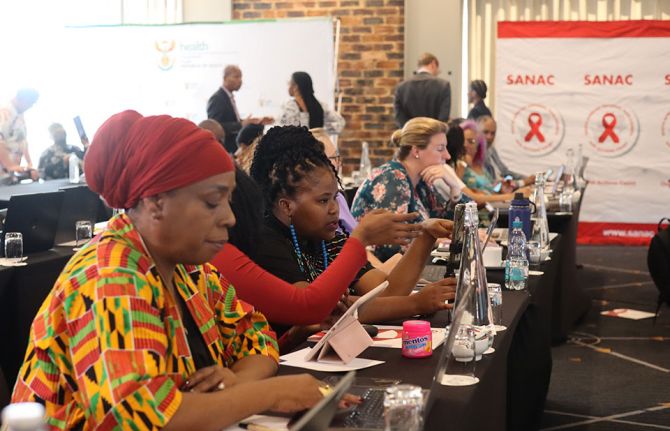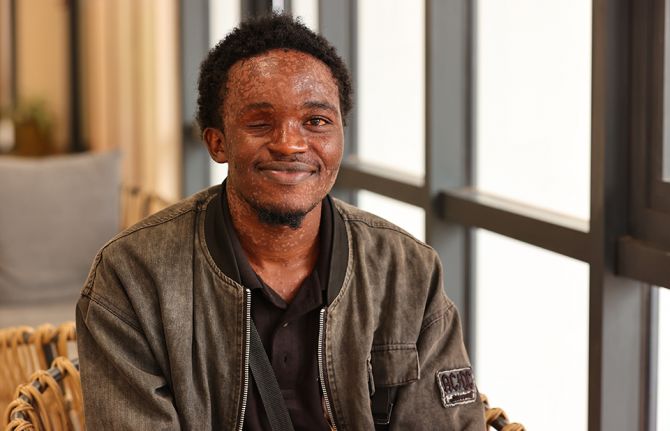
Feature Story
Plan launched to halve TB prevalence and death rates by 2015
13 October 2010
13 October 2010 13 October 2010
The Stop TB partnership has launched a Global Plan to Stop TB (2011-2015) aimed at halving tuberculosis (TB) prevalence and death rates by 2015 to reach the Millennium Development Goal of halting and beginning to reverse the epidemic by 2015.
The Plan, launched in South Africa, identifies research gaps that need to be filled to bring rapid TB tests, faster treatment regimens and a fully effective vaccine to the market. It also shows how public health programmes can modernise diagnostic laboratories and adopt the new TB tests which have become available, replacing the century old diagnostic methods still used in many countries.
The Stop TB partnership are calling for US$ 37 billion to finance the plan from 2011-2015 which they estimate will allow them to diagnose and treat 32 million people over the next five years.
Without dramatic increases in funding and political commitment between 2010 and 2015 the Stop TB Partnership estimates that over 50 million people will develop active TB and that over 10 million lives will be lost to the disease which is both preventable and curable.
Every year around half a million people die from HIV-associated TB. If the plan's targets are met, by the end of 2015, all TB patients will be tested for HIV and, if the test is positive, receive anti-retroviral drugs and other appropriate HIV care. In HIV treatment settings, all patients will be screened for TB and receive appropriate preventive therapy or treatment as needed.
“Over a million people living with HIV fall ill with TB every year,” said Dr Paul De Lay, Deputy Executive Director, Programme, UNAIDS. “We need to make sure that all people living with HIV who need it, receive antiretroviral therapy, and that all people living with HIV are screened for TB every time they see a health care worker. This will help us to prevent diagnose and treat TB early and effectively in people living with HIV and avoid unnecessary deaths.”
In July this year the Joint United Nations Programme on HIV/AIDS (UNAIDS) and the Stop TB Partnership signed a memorandum of understanding to combine efforts to halve the number of people living with HIV who die from TB by 2015, compared to 2004 levels. The memorandum also outlines the importance of providing life-saving antiretroviral treatment for all TB patients living with HIV.
The Global Plan to Stop TB was launched by the South African Minister of Health, Dr Aaron Motsoaledi at a press conference held in the Pholosho Primary School in Alexandra which teaches more than 2000 children from the region.
Following the launch speakers from the press conference, together with children from the school, participated in a football tournament as part of the Kick TB Campaign. This is a campaign which seeks to combat TB as well as the stigma associated with it, by fusing sport and social mobilization to create a platform through which TB messages can be effectively conveyed.



